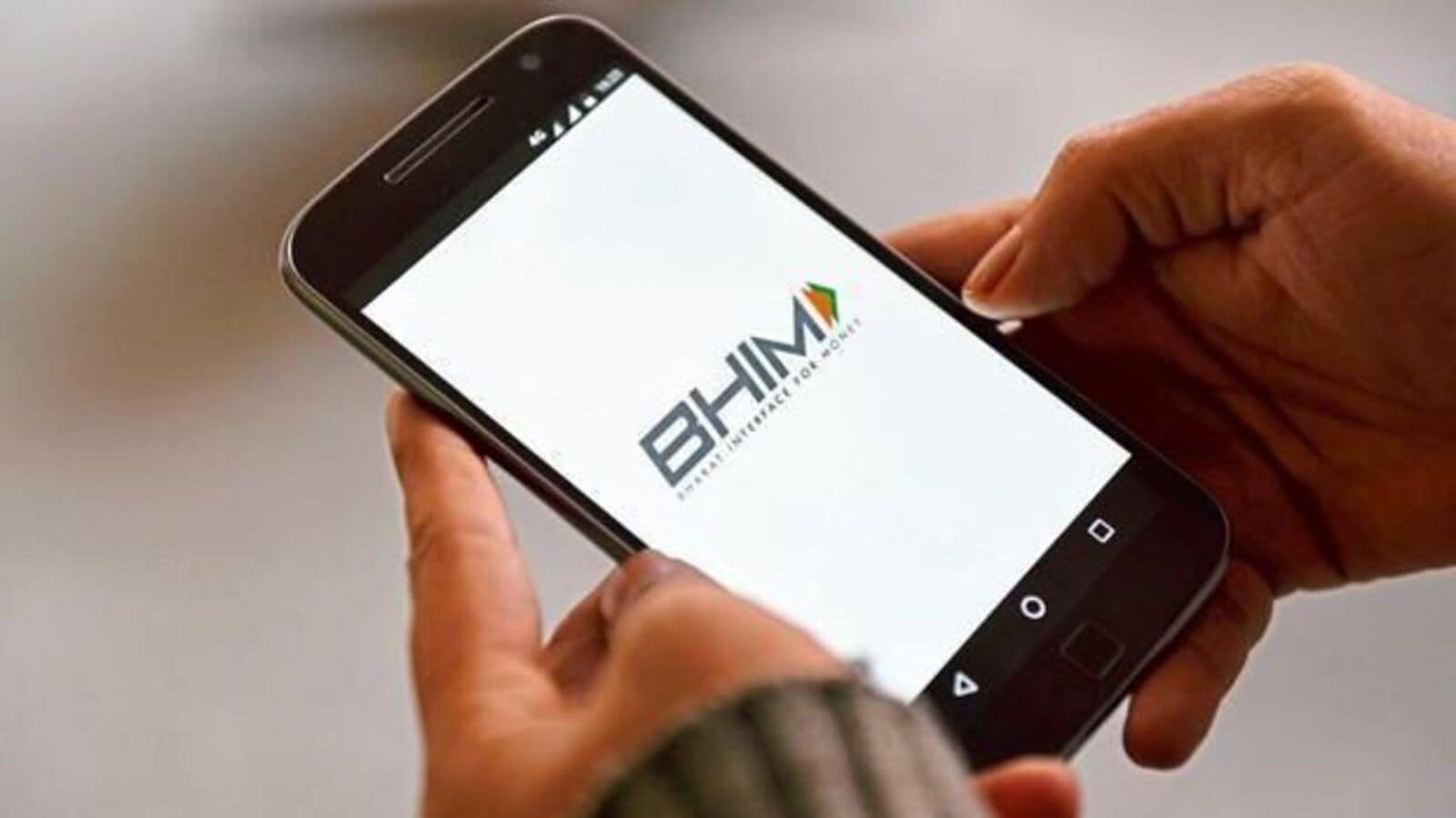Last week, the National Payments Council of India (NPCI) announced that it would spin off Bharat Interface for Money (BHIM), a UPI-based payments app, and make it an independent subsidiary. What is the reason behind this decision? Mint explains:
What was the idea behind BHIM?
BHIM, the payment app developed by NPCI, was among the first wave of apps launched (in December 2016) to facilitate digital payments using the Unified Payments Interface (UPI). BHIM allows users to send or receive money to a UPI payment recipient, or send money to non-UPI-based accounts by scanning a QR code. For BHIM, the maximum transaction limit is ₹1 lakh per day for a single bank account linked to the app. Like other UPI apps, one can link BHIM to multiple bank accounts and seamlessly switch between different accounts while making transactions or checking balances.
Read more: Preparing Pine Labs for an IPO: What fintech bully Amrish Rau can learn Online payment
How has BHIM been doing so far?
BHIM app market share has been declining in recent years. As of July 2024, BHIM processed 27 million transactions worth ₹8,932 crore, while Walmart-owned PhonePe processed as many as 6,983.9 million transactions worth Rs. ₹10.28 billion and Google Pay recorded 5.341 billion transactions worth ₹7.35 trillion. The reason why third-party UPI apps are popular compared to the BHIM app is not hard to see – private apps offer promotional offers like rewards and cashbacks. On the other hand, there is a limit to what NPCI, which is incorporated as a “not-for-profit” company, can offer to consumers.
Why is NPCI seeking to spin off BHIM as a subsidiary?
The move could boost BHIM’s market share against Google Pay and PhonePe, which dominate the payments landscape with an 85% market share. BHIM’s app had limited marketing budgets and was not well-known to consumers. With the creation of a new subsidiary, BHIM will have a dedicated team for its development.
Read more: RBI’s digital rupee need not languish: Here’s how it can succeed
What challenges does BHIM face?
The biggest challenge will be to improve its market share in the retail segment, already dominated by apps like Google Pay and PhonePe. Building a brand image across different strata of society will be one of its initial challenges. On the other hand, BHIM will also have to compete with other banking apps. The subsidiary can potentially solve some of these problems. Lack of customer insight is a major drawback; limited marketing budgets are another. The new entity will have greater flexibility to invest in both awareness campaigns and technology.
How can BHIM develop its user base?
Reports suggest that BHIM is looking to foray into e-commerce and integrate with the Open Network for Digital Commerce (ONDC). This will enable customers using the BHIM app to access different services provided by the ONDC, a government scheme to promote an open e-commerce network. Rahul Handa, former vice president of strategic initiatives at ONDC, will be the chief commercial officer of the BHIM subsidiary. He will drive this initiative that will focus on tier II and tier III markets, which remain untapped by banks.
Read more: Project Nexus: A UPI-like network for international payments
Disclaimer:
The information contained in this post is for general information purposes only. We make no representations or warranties of any kind, express or implied, about the completeness, accuracy, reliability, suitability or availability with respect to the website or the information, products, services, or related graphics contained on the post for any purpose.
We respect the intellectual property rights of content creators. If you are the owner of any material featured on our website and have concerns about its use, please contact us. We are committed to addressing any copyright issues promptly and will remove any material within 2 days of receiving a request from the rightful owner.

